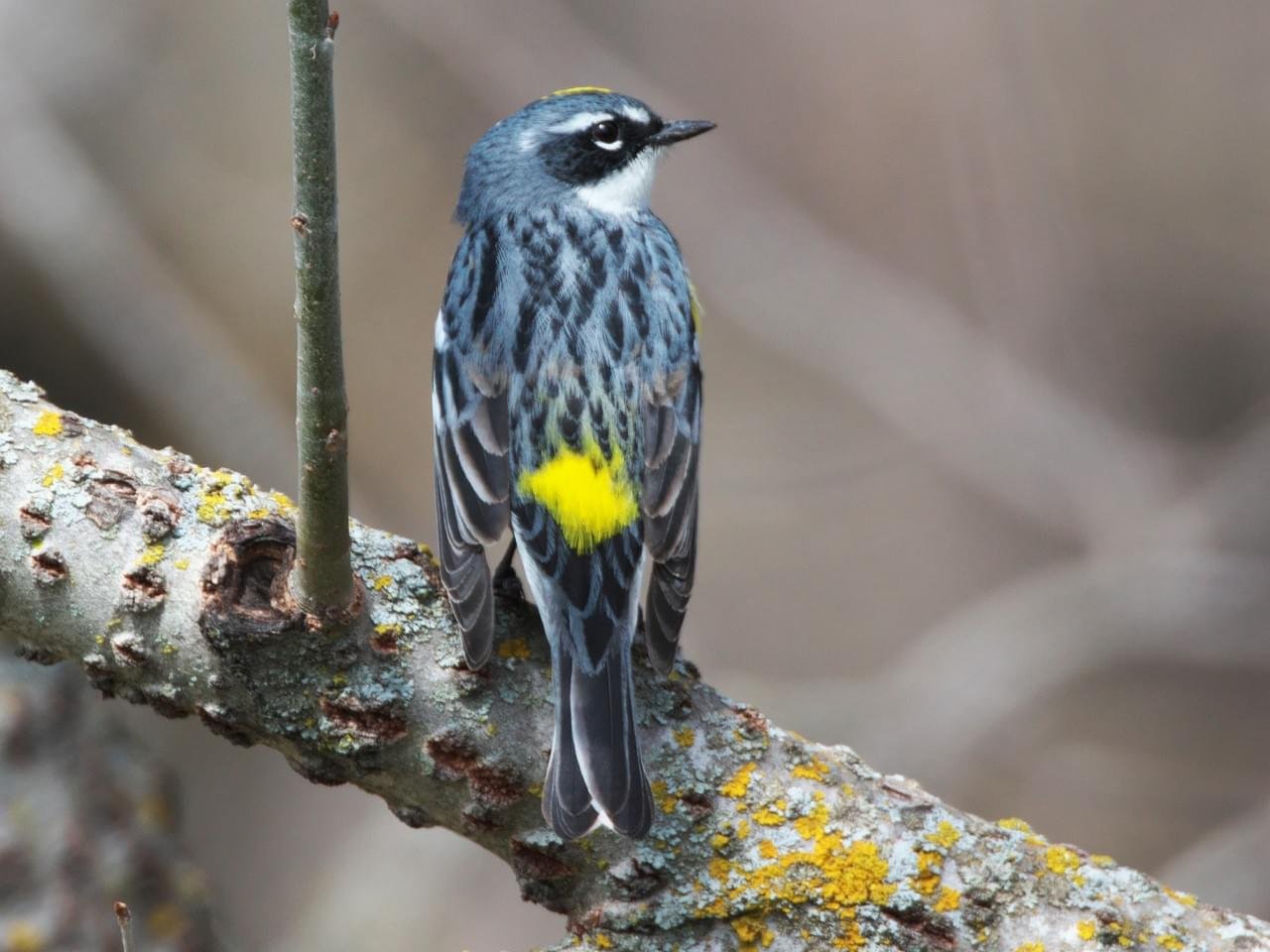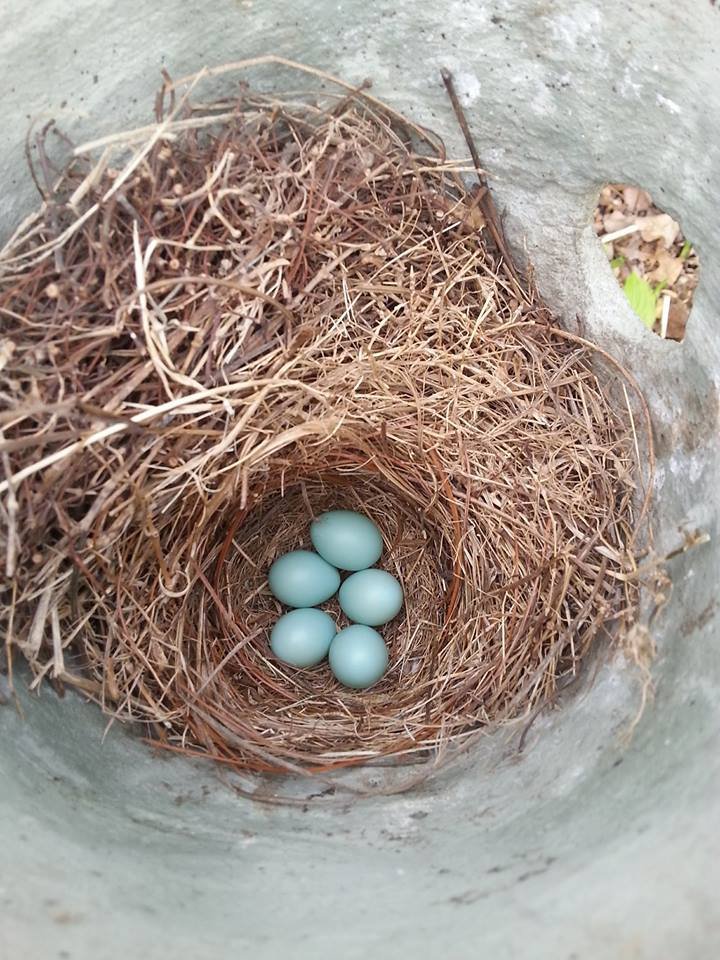Rose-breasted Grosbeaks and Indigo Buntings Visiting Feeders
April and May are two of the most enjoyable months at feeding stations. Part of it is that trees are putting on their new leaves and the burst of green is beautiful. But these two months bring to our feeders Rose-breasted Grosbeaks and Indigo Buntings. Just this morning I had my first RB Grosbeak visit a feeder, an adult male in his black and white plumage and brilliant v-shaped blaze of red on its chest. Like most springs I will see upwards of a dozen at a time. The females are brown with a white wing bar and a prominent white stripe above the eye. They have a large heavy beak that aids them in cracking open all kinds of seeds. It doesn’t seem to matter whether you offer sunflower or safflower. They like both.
Indigo Buntings are drawn to feeders, too, but may be a little more discriminating. Although I see them at feeders they often show a preference for ground feeding. I use white millet on the ground to appeal to these brilliant blue birds, similar in size to a Goldfinch. They will also feed on sunflower, especially out of the shell, and even nyjer and a finch blend. Indigo Buntings usually visit feeders now but not so much as they settle in to breeding areas which are grown fields adjacent to forest and very much around river bottom areas. The Harpeth River Greenway and Hidden Lakes Park are always well populated with them.
Suet is still one of the best foods to continue presenting during the spring months.In fact, suet consumption will be at its greatest between now thru July. Adult birds raising young find it particularly beneficial. Suet will also attract some of the more unusual feeder birds. For example, the past week I have had a male and female Summer Tanager and a Yellow-rumped Warbler visiting my suet feeders.
Many of you that use Mr. Bird products know we were experiencing delays and shortages. I’m happy to say we are well stocked again.
So to jump start sales again all Mr. Bird products will be 20% off through next Friday May 6th.
And we’ve introduced a line of wildflower seed packets from Roundstone Seed Co. We have three different packets to choose from: Pollinator Conservation Mix, Butterfly and Hummingbird Mix, and Monarch Milkweed. 10% off through Friday, May 6th!
Don’t forget we are having our Campania birdbath, fountain, and planter pre-order sale! For more information read our last blog post!
Have a great weekend! Remember to look for spring migrants!














